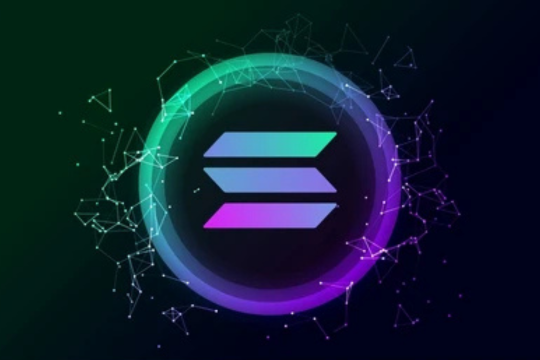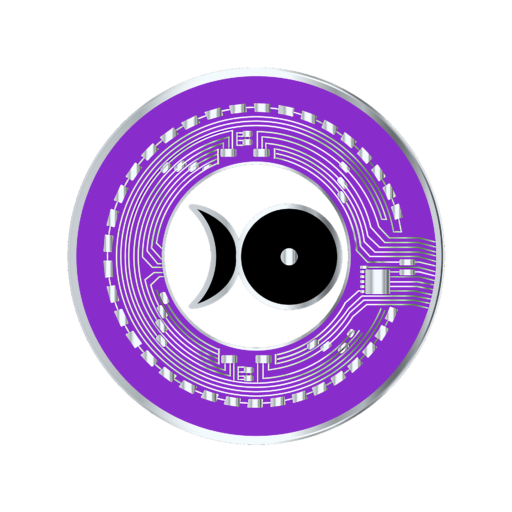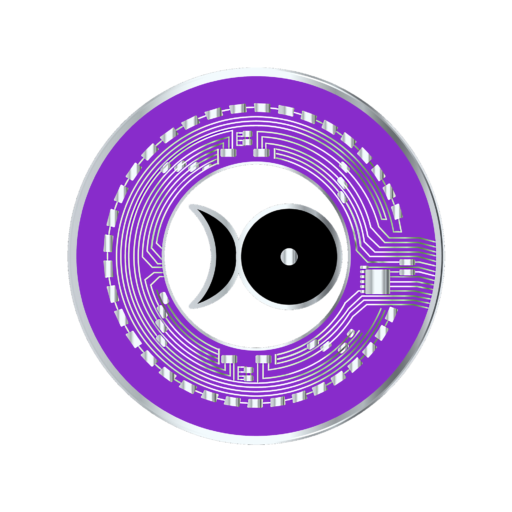In the fast-evolving world of cryptocurrency and blockchain technology, Layer One blockchains serve as the backbone of decentralization. These are the primary networks that power everything from decentralized finance (DeFi) to NFTs and Web3 applications. If you’ve ever used Bitcoin, Ethereum, or Solana, you’ve interacted with a Layer One blockchain—but what exactly does that mean?
In this article, we’ll break down what Layer One blockchains are, why they matter, and how they compare to Layer Two solutions.
What is a Layer One Blockchain?
A Layer One blockchain is the base layer of a blockchain network. It is the foundational protocol that validates transactions, maintains the distributed ledger, and secures the network through consensus mechanisms such as Proof of Work (PoW) or Proof of Stake (PoS).
Unlike Layer Two solutions, which build on top of Layer One to improve speed and scalability (e.g., Lightning Network for Bitcoin or Polygon for Ethereum), Layer One blockchains are self-sufficient and do not rely on external networks to function.
Top Layer One Blockchains and Their Market Impact
Several Layer One blockchains dominate the crypto landscape, each offering unique features, security models, and use cases.

1. Bitcoin (BTC) – The Original Layer One
- Market Cap: $850+ billion (as of 2025)
- Consensus Mechanism: Proof of Work (PoW)
- Use Case: Digital gold, decentralized payments
Bitcoin, the first and most valuable cryptocurrency, operates on its own Layer One blockchain. It is known for its security, decentralization, and limited supply of 21 million coins. Despite its slow transaction speeds (~7 transactions per second), Bitcoin remains the most widely adopted cryptocurrency.

2. Ethereum (ETH) – The Smart Contract King
- Market Cap: $400+ billion
- Consensus Mechanism: Transitioned from PoW to Proof of Stake (PoS) in 2022
- Use Case: Smart contracts, DeFi, NFTs, DAOs
Ethereum revolutionized blockchain technology by introducing smart contracts, self-executing programs that power decentralized applications (dApps). However, Ethereum’s network congestion and high fees have led to the rise of Layer Two scaling solutions like Arbitrum and Optimism.

3. Solana (SOL) – High-Speed Transactions
- Market Cap: $60+ billion
- Consensus Mechanism: Proof of History (PoH) + Proof of Stake (PoS)
- Use Case: High-speed transactions, gaming, DeFi
Solana is known for its blazing-fast transactions (over 65,000 transactions per second) and low fees, making it a popular choice for DeFi applications and gaming. However, network outages have raised concerns about decentralization.

4. Binance Smart Chain (BSC) – The Low-Cost Alternative
- Market Cap: $80+ billion
- Consensus Mechanism: Delegated Proof of Stake (DPoS)
- Use Case: DeFi, token launches, low-cost transactions
BSC offers fast transactions with lower fees than Ethereum but is often criticized for centralization due to Binance’s heavy influence over the network.

5. Cardano (ADA) – The Research-Driven Blockchain
- Market Cap: $40+ billion
- Consensus Mechanism: Proof of Stake (PoS)
- Use Case: Smart contracts, DeFi, scalability
Cardano takes a slow and methodical approach to blockchain development, emphasizing peer-reviewed research. Its Ouroboros PoS consensus is designed for efficiency and scalability.
Why Do Layer One Blockchains Matter?
1. Security & Decentralization
Layer One blockchains are responsible for maintaining the integrity of decentralized networks. Their consensus mechanisms (PoW, PoS) ensure that transactions are secure and immutable.
2. Native Token Utility
Every Layer One blockchain has its own native cryptocurrency (BTC, ETH, SOL, etc.), which is used for transaction fees, staking, governance, and securing the network.
3. Scalability Challenges
As demand for blockchain applications grows, Layer One blockchains must scale to handle more transactions efficiently. Ethereum’s upgrade to Ethereum 2.0 and new PoS blockchains aim to address this issue.
Layer One vs. Layer Two: What’s the Difference?
| Feature | Layer One | Layer Two |
|---|---|---|
| Definition | The base blockchain protocol | Built on top of Layer One for improvements |
| Example | Bitcoin, Ethereum, Solana | Lightning Network (BTC), Polygon (ETH) |
| Purpose | Security, decentralization, native transactions | Scalability, faster transactions, lower fees |
| Consensus | PoW, PoS, DPoS | Utilizes Layer One security but adds off-chain processing |
| Speed | Limited by the protocol’s design | Faster transactions with reduced congestion |
Future of Layer One Blockchains
The future of blockchain technology depends on Layer One advancements. Innovations like sharding (Ethereum 2.0), better consensus algorithms (Cardano’s Hydra upgrade), and cross-chain interoperability (Polkadot, Cosmos) will drive the next wave of decentralized applications.
Key Stats to Remember
📌 Bitcoin processes ~7 transactions per second compared to Visa’s 24,000+ TPS
📌 Ethereum gas fees reached over $100 per transaction during peak congestion in 2021
📌 Solana handles over 65,000 TPS, making it one of the fastest Layer One blockchains
📌 Ethereum 2.0 aims to process 100,000 TPS after full upgrades
Final Thoughts: Layer One is the Foundation
Layer One blockchains serve as the core infrastructure of the decentralized economy. While scalability remains a challenge, ongoing innovations will continue to enhance speed, efficiency, and security.
Whether you’re a crypto investor, developer, or enthusiast, understanding Layer One blockchains is essential to navigating the future of Web3, DeFi, and beyond.
🚀 Stay ahead of the curve and explore the potential of Layer One technology today!






